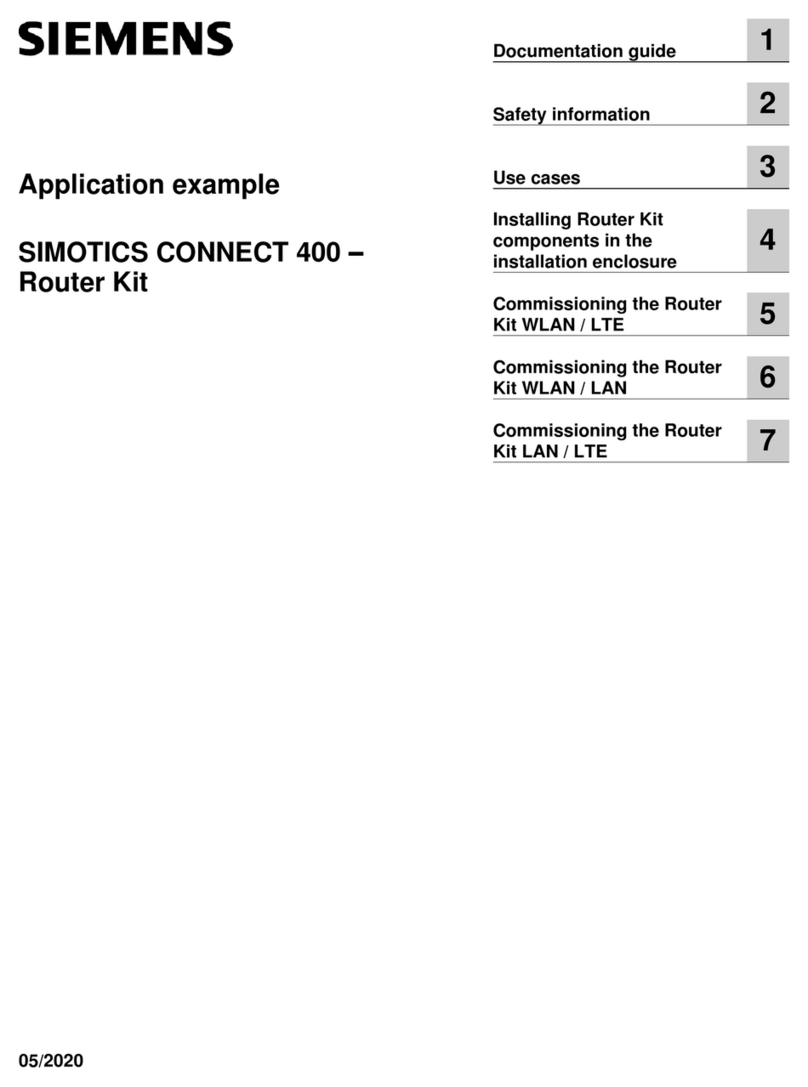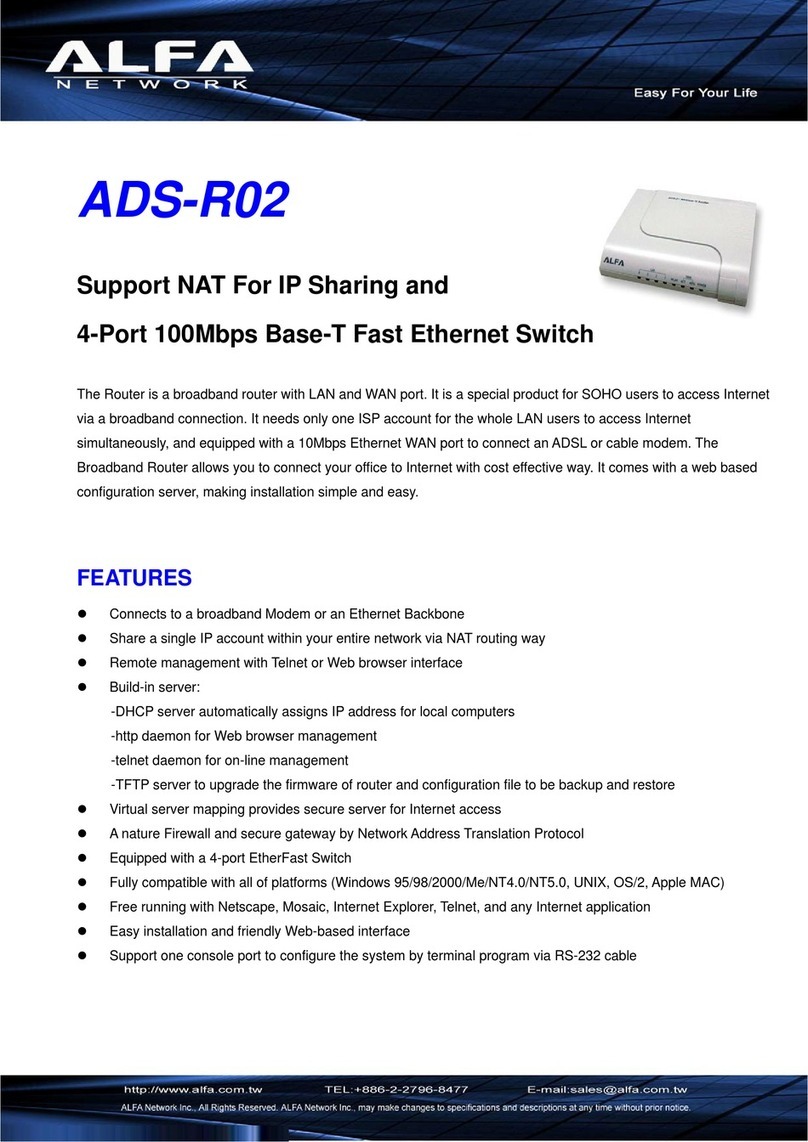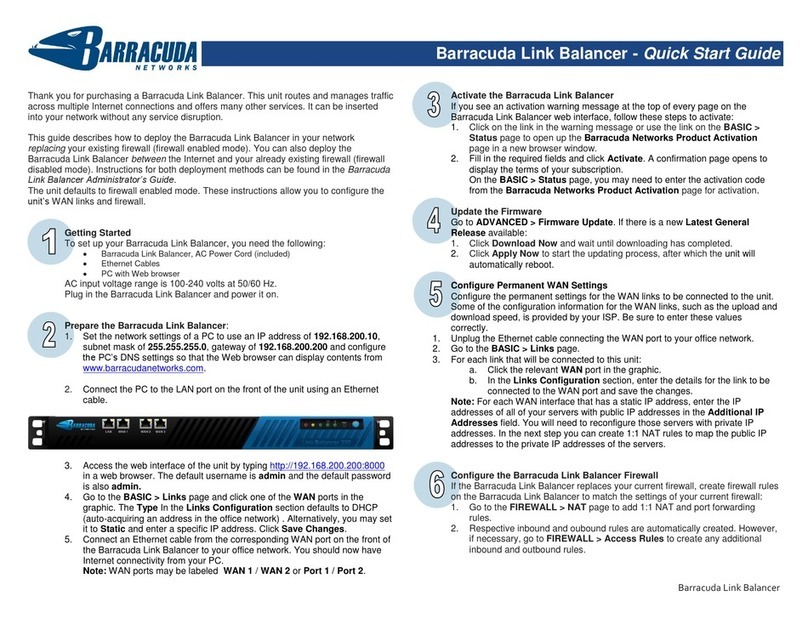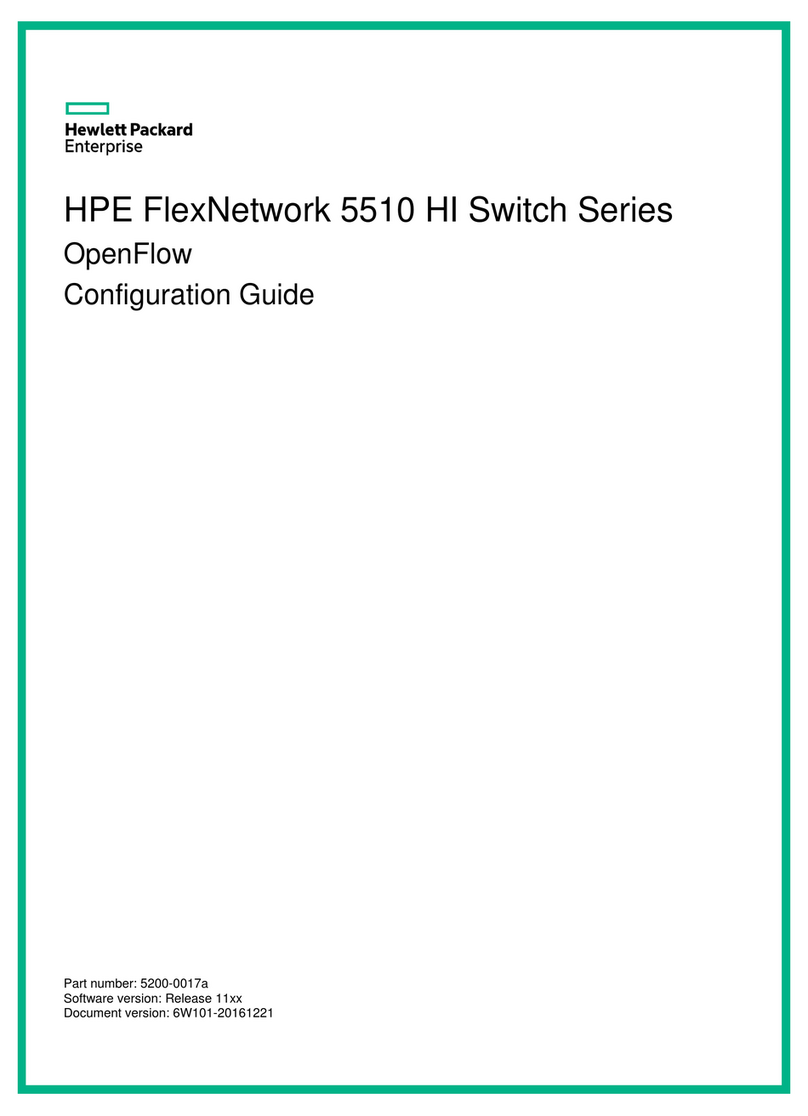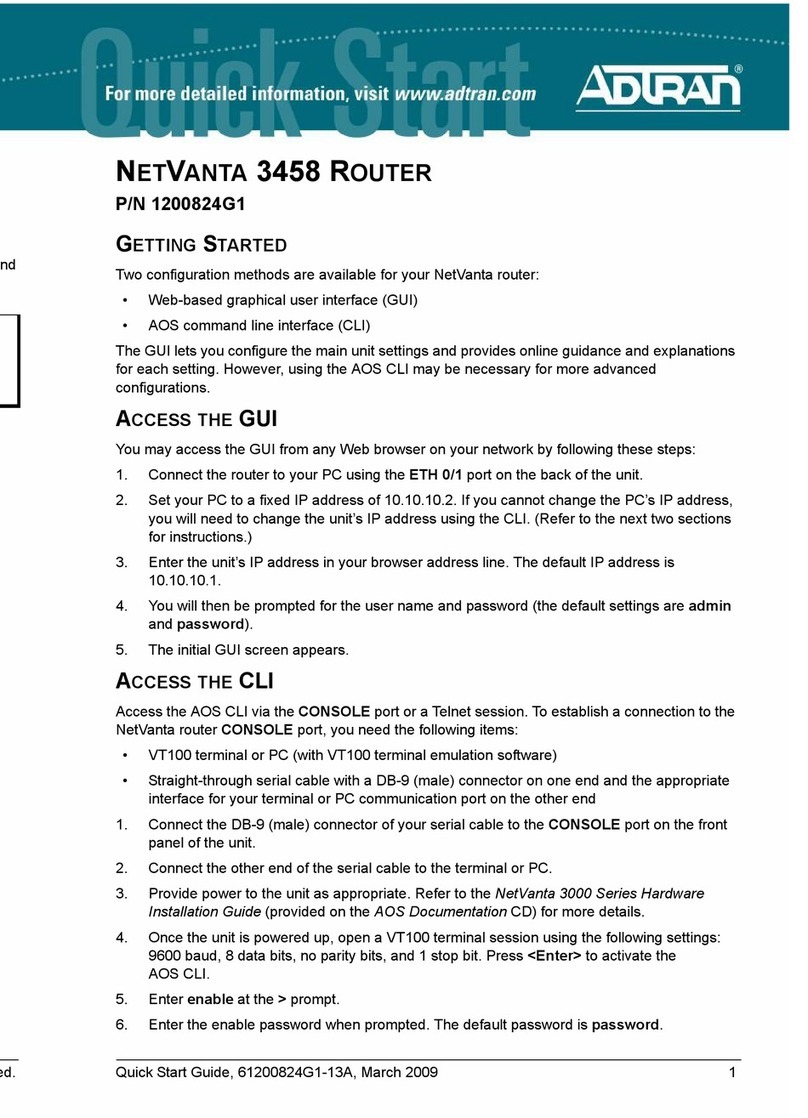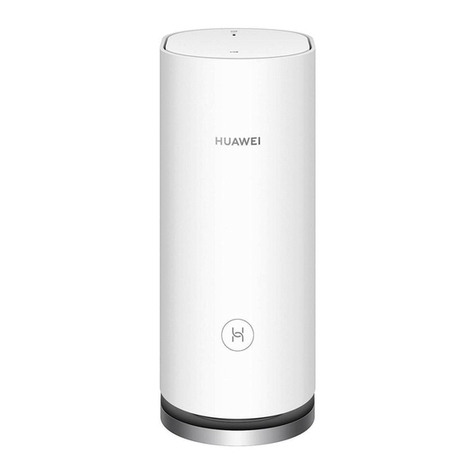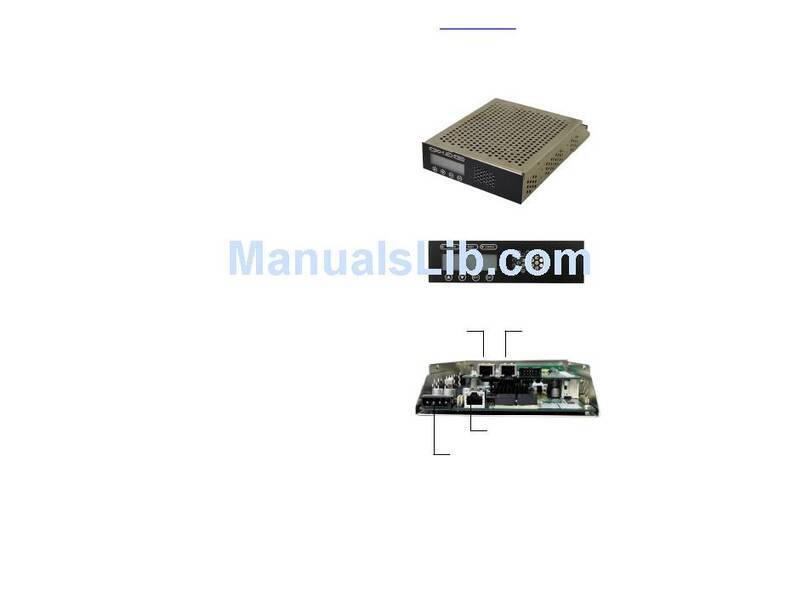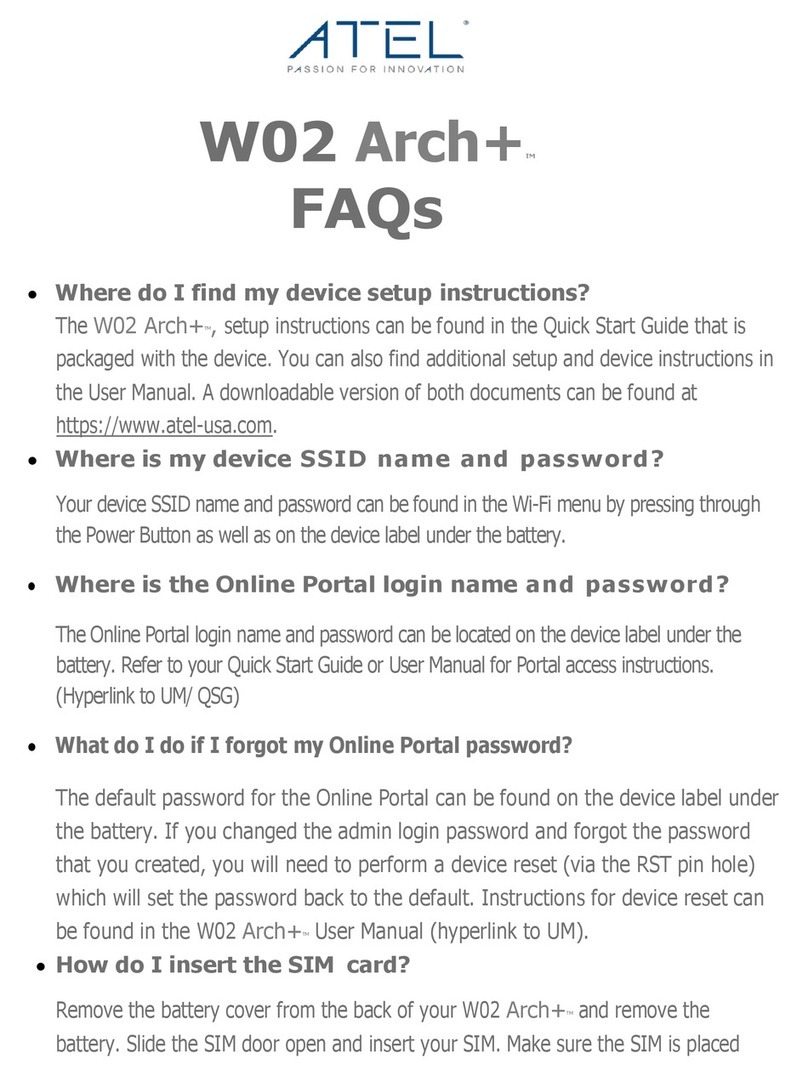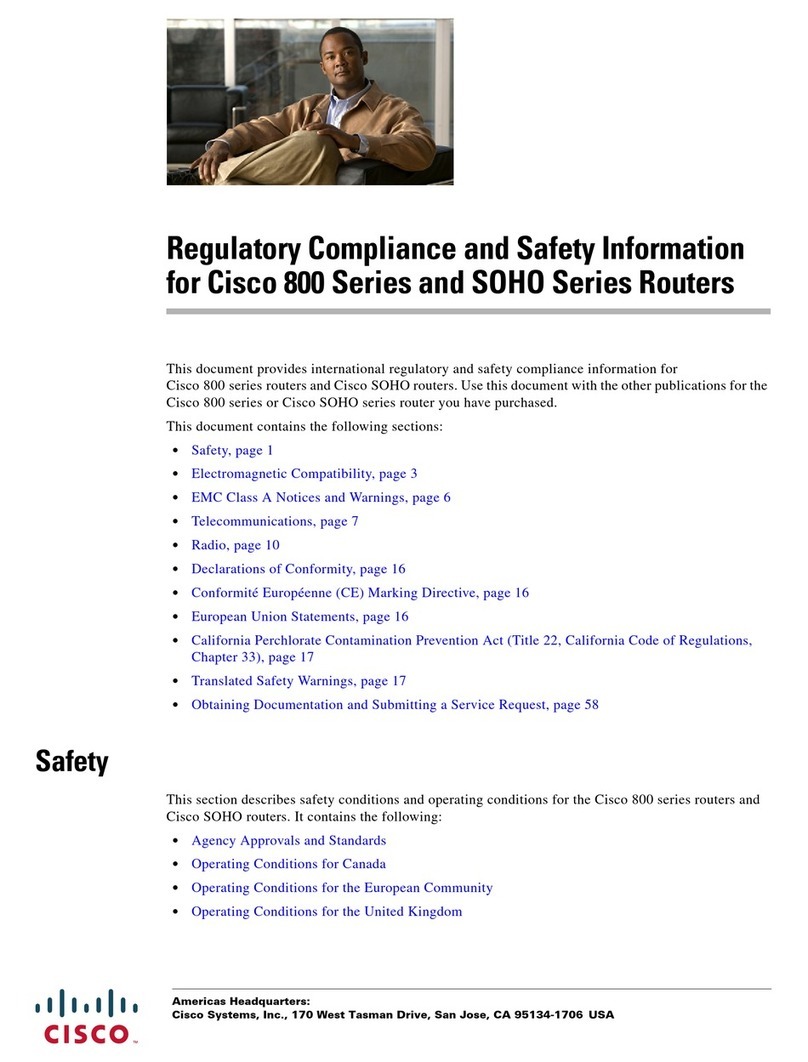
Table of Contents
CHAPTER 1 INTRODUCTION.....................................................................................................3
1.1 HARDWARE SPECIFICATION..........................................................................................................3
1.2 FEATURES .....................................................................................................................................3
CHAPTER 2 PRODUCT OVERVIEW.........................................................................................4
2.1 PACKAGE CONTENTS....................................................................................................................4
2.2 HARDWARE DESCRIPTION ............................................................................................................4
2.2.1 Rear Panel..........................................................................................................................4
2.2.2 Front Panel.........................................................................................................................4
2.2.3 LED Indicators..................................................................................................................4
2.3 TYPICAL USAGE............................................................................................................................5
CHAPTER 3 INSTALLATION.......................................................................................................6
3.1 HARDWARE CONNECTIONS ..........................................................................................................6
3.2 IP SETTING ON WINDOWS ............................................................................................................6
CHAPTER 4 SETTINGS .............................................................................................................15
4.1 QUICK SETUP..............................................................................................................................15
4.1.1 ADSL Dialup (PPPoE)....................................................................................................15
4.1.2 Static IP.............................................................................................................................16
4.1.3 Automatic IP ....................................................................................................................17
4.1.4 Cable Modem (DHCP)....................................................................................................18
4.2 IP CONFIGURATION.....................................................................................................................19
4.2.1 IP Setup.............................................................................................................................19
4.2.2 DHCP Server....................................................................................................................23
4.2.3 Routing Table..................................................................................................................24
4.3 NAT SETUP.................................................................................................................................26
4.3.1 Port Trigger......................................................................................................................27
4.3.2 Virtual Server...................................................................................................................28
4.3.3 Virtual DMZ ......................................................................................................................30
4.4 FIREWALL SETUP........................................................................................................................30
4.4.1 IP Filter..............................................................................................................................31
4.4.2 MAC Filter.........................................................................................................................32
4.5 USBAPPLICATION......................................................................................................................34
4.5.1 FTP Server........................................................................................................................34
4.5.2 Print Server......................................................................................................................37
4.6 SYSTEM SETUP...........................................................................................................................46
4.6.1 User Setting.....................................................................................................................46
4.6.2 Time Setup.......................................................................................................................47
4.6.3 Firmware Upgrade..........................................................................................................48
4.6.4 Setting Backup ...............................................................................................................49
4.6.5 Restore Default...............................................................................................................50
4.6.6 Wake on LAN...................................................................................................................50
4.7 STATUS &LOG............................................................................................................................51
4.7.1 Status................................................................................................................................51
4.7.2 DHCP Leases...................................................................................................................53
4.7.3 System Log......................................................................................................................54
4.8 LOGOUT.......................................................................................................................................56
APPENDIX FACTORY DEFAULT VALUES...........................................................................57
2

